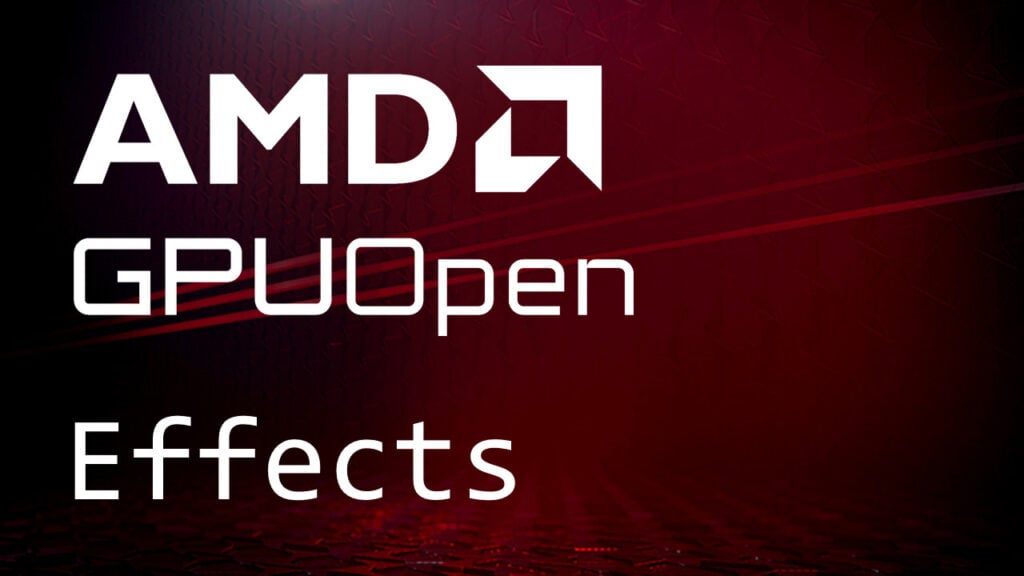Setting Up Inference
This guide will explain how to use your trained RL agents in inference mode (i.e. without connecting to Python).
Note
This guide assumes you have already done a training run using Schola and have either a saved checkpoint have already exported the model to Onnx.
Convert a Checkpoint to Onnx
If you did not export to onnx during training you will need to convert a checkpoint to Onnx, you can use the following scripts to create an Onnx model from your checkpoint:
These commands will create an Onnx model in a standardized format compatible with Schola that can be used in the next section.
Load an Onnx Model into Unreal Engine
Once you have your Onnx model you can import it into Unreal Engine by dragging and dropping the .onnx file into the content browser. This will create a new Onnx model data asset in your project.
Creating an Inference Agent
In Schola an inference agent is any object implementing the Agent Interface. However, we also provide three default implementations to help get the user started InferenceComponent, InferencePawn, and InferenceController. Follow the instructions below to prepare an actor or pawn to be controlled by your trained policy.
To use the Inference Component, add a UInferenceComponent to any actor you want to control with your trained policy.
To use the Inference Pawn, create a new Pawn inheriting from AInferencePawn. This will create a pawn that can be controlled by your trained policy.
To use the Inference Controller, create a child of AInferenceController and set the controller of the pawn you want to control to your new class.
Once you’ve created your Inference Agent, go to the Reinforcement Learning tab of the details panel and set the Onnx model Property under Policy to the Data Asset created when you imported your onnx model into unreal.














